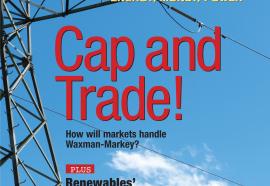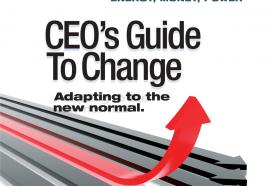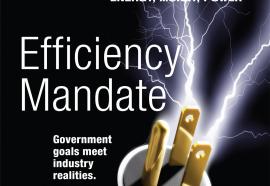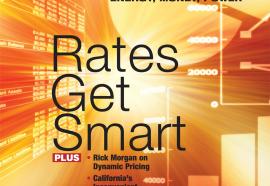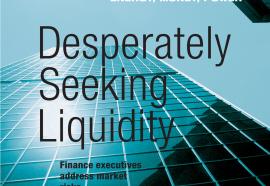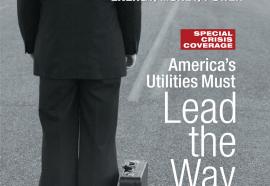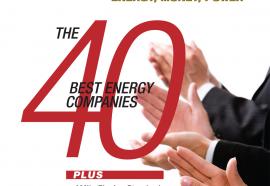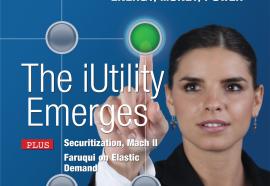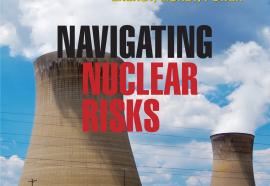The Smart-Enough Grid
How much efficiency do ratepayers need—and utilities want?
When the applause dies down, the smart grid may turn out to be its own worst enemy. The California Independent System Operator (CAISO) explained this irony in comments it filed in May, after the FERC asked the industry for policy ideas on the smart grid.


